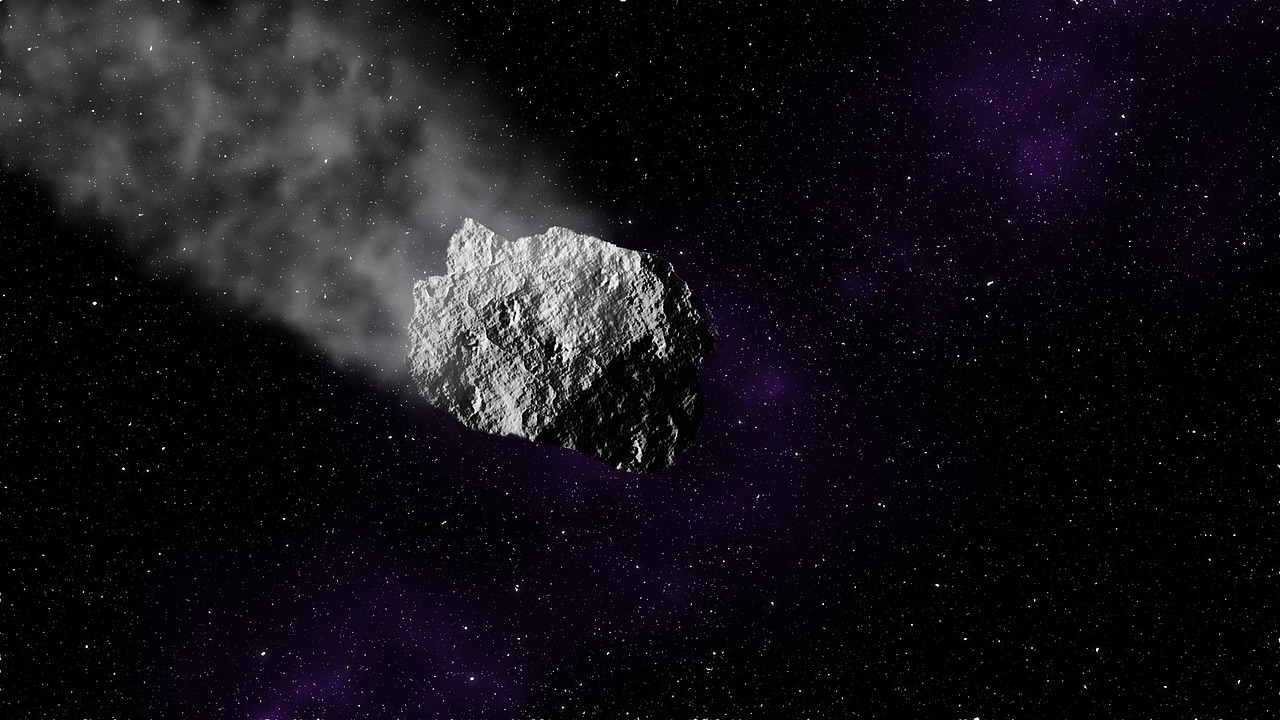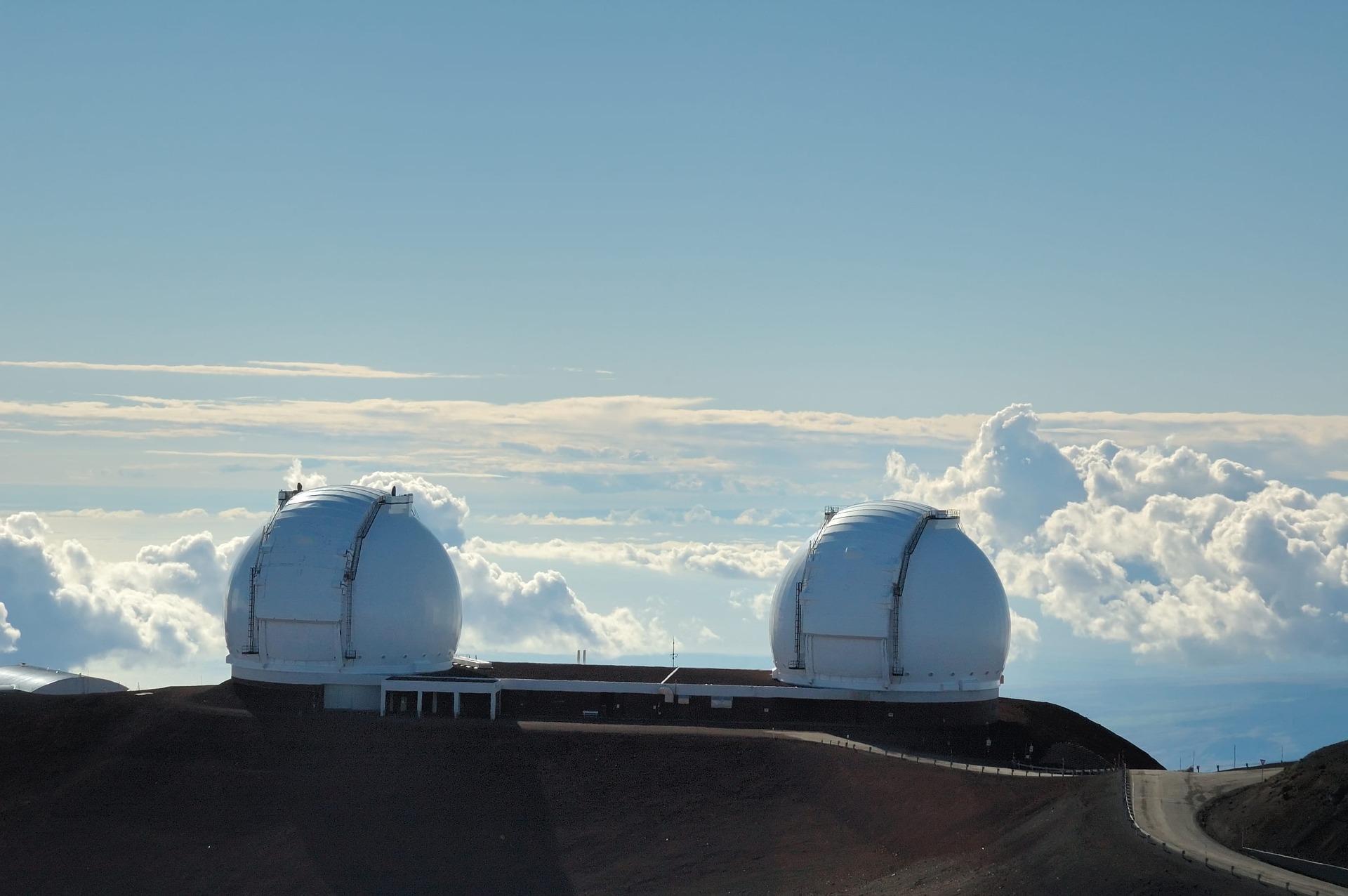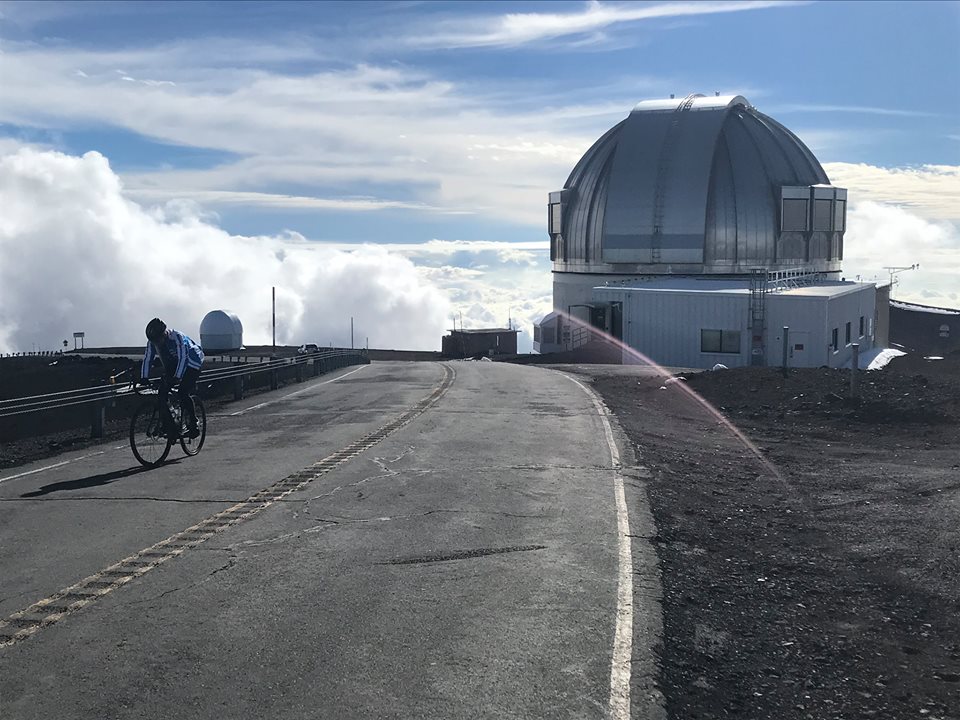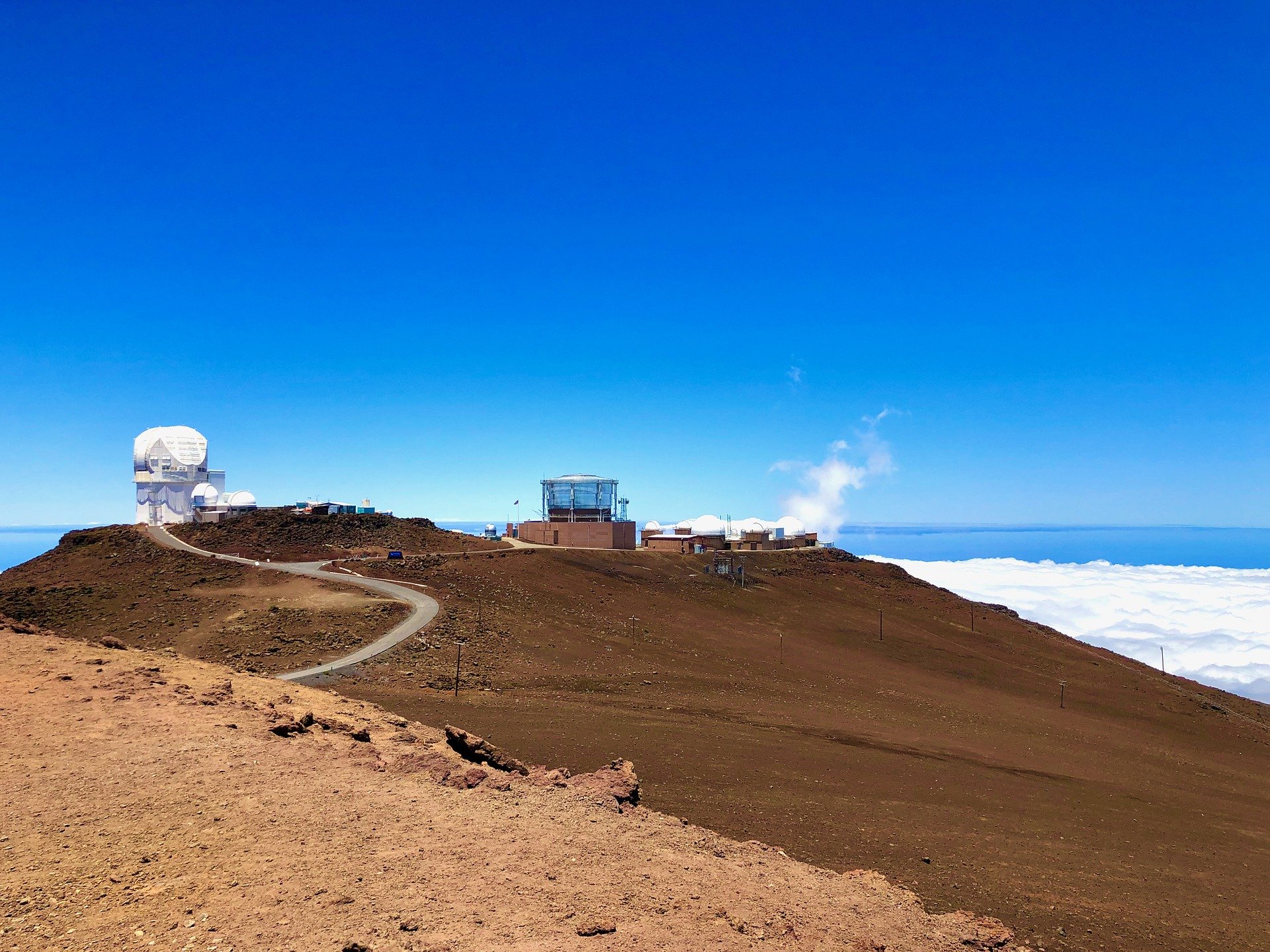Hawaii telescopes and observatories provide scientists with some of the keenest galactic eyes on the planet. While you’re vacationing on the island below, scientists at the Maui Observatory are making discoveries that could impact the entire universe.
Where is the Maui Observatory?
The Haleakalā High Altitude Observatory is located at the summit of Haleakala, a dormant volcano on the island of Maui. It’s 10,000 feet above sea level and spans 18 acres. The University of Hawaii operates and manages this incredible place, which uniquely benefits from low light pollution and.
Can You Visit the Maui Observatory?
The observatory at the top of Haleakala isn’t open to the public, so unfortunately we can’t visit it. However, we can visit the peak of the mountain at Haleakala National Park. Here, you can stargaze, watch the sunrise, and see the observatory from afar.
Astronomical Discoveries
Astronomers at an observatory at the Maui Observatory recently made an important discovery: a “Trojan” near-earth asteroid that is the largest yet discovered (about ¾ of a mile in diameter). Trojan asteroids are unique in that they share Earth’s orbit around the sun. And this space object has been named 2020 XL5.

Don’t worry, though. Astronomers expect the asteroid to continue its path for at least another 4000 years, so we needn’t fear the end times of the Hollywood blockbuster disaster trope. 2020 XL5 isn’t a “dinosaur killer”. But the discovery does have us thinking about the importance of modern astronomy at Hawaii’s many observatories, the remarkable discoveries they’ve made, and the importance of astronomy in native Hawaiian culture and cosmology.
There is a long list of discoveries and “firsts” at the Haleakalā High Altitude Observatory and the Keck Observatories on the Island of Hawaii.

Astronomy in Hawaii: A History Beyond the Maui Observatory
While technological advances and Space Age headlines from Hawaii grab the world’s attention, it’s important to remember that Native Hawaiians have been studying the movements of the stars and planets for more than a thousand years. Polynesian navigators used the stars on their voyages, including the one that brought the first settlers to Hawaii.
Native Hawaiians have their own constellations, just as “western” astronomers do. The sun, moon, and stars are central to Hawaiian lore and legend.
Hawaiian heiau (sacred temple sites) are oriented to the sun and stars.
The return of Halley’s comet in Hawaii skies in 1758 was said to foretell the birth of a great king who would unite the islands. Then, King Kamehameha the Great was born in 1758. What Western astronomers call the constellation Pleiades is known in Hawaiian as Makalii. it figures prominently in annual Makahiki celebrations.

How to Learn More
Only astronomers and support staff can access to Hawaii’s summit observatories, but there are other places in the state where you can learn more.
The ‘Imiloa Astronomy Center in Hilo and the Onizuka Center for International Astronomy at the Mauna Kea Visitor Center are fascinating and family-friendly. We also recommend the Bishop Museum Watamull Planetarium on Oahu.
These educational hubs provide an invaluable resource for Hawaii students. They also are a wonderful opportunity for visitors to learn about astronomy and Native Hawaiian culture.

As the scientists above the clouds can attest, there is much to learn about Hawaii astronomy. From its Polynesian origins to its seemingly limitless future, Hawaii offers a lifetime of discovery for anyone interested. Let our experts here at Hawaii Aloha Travel help you chart your course through Hawaii’s night skies.




